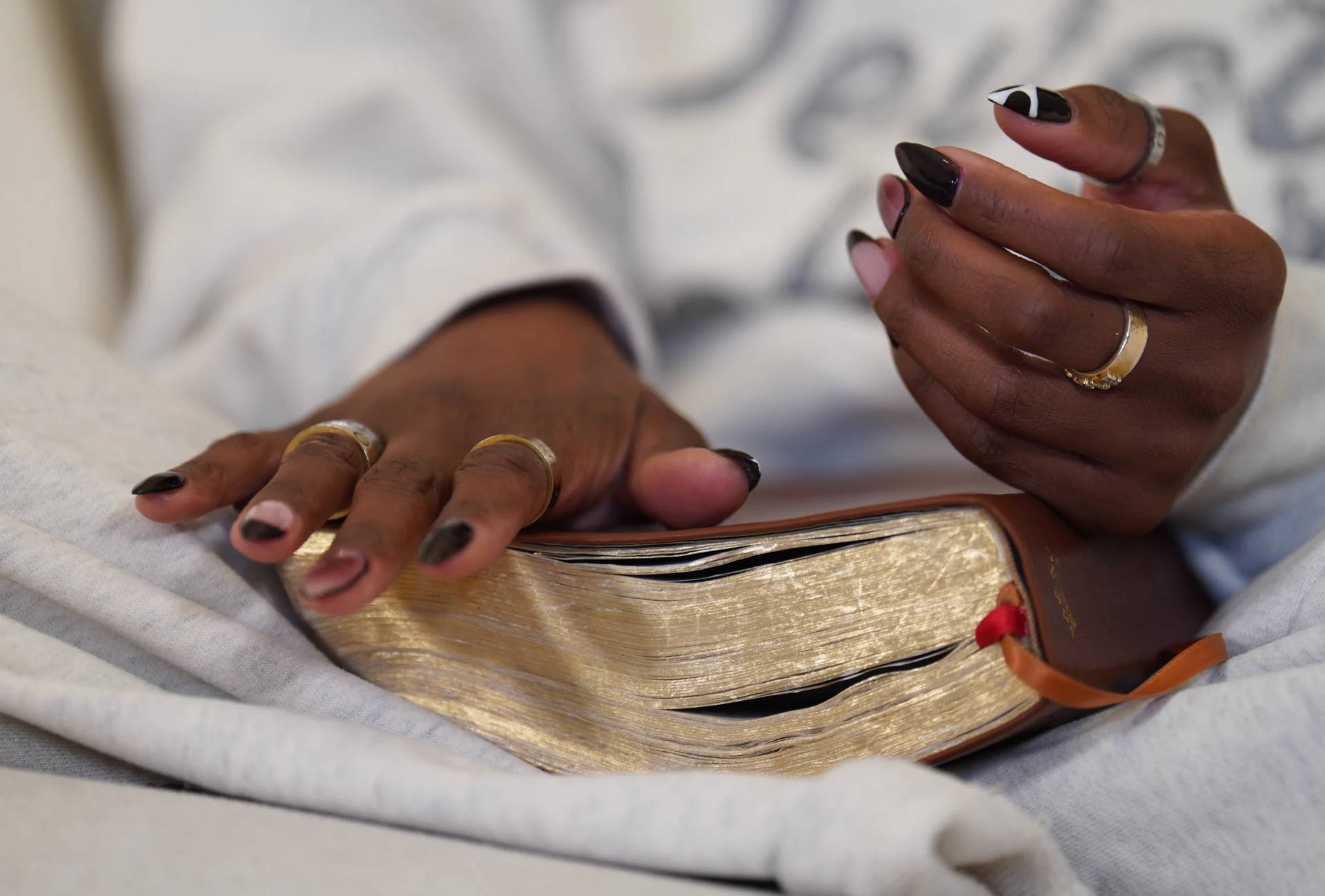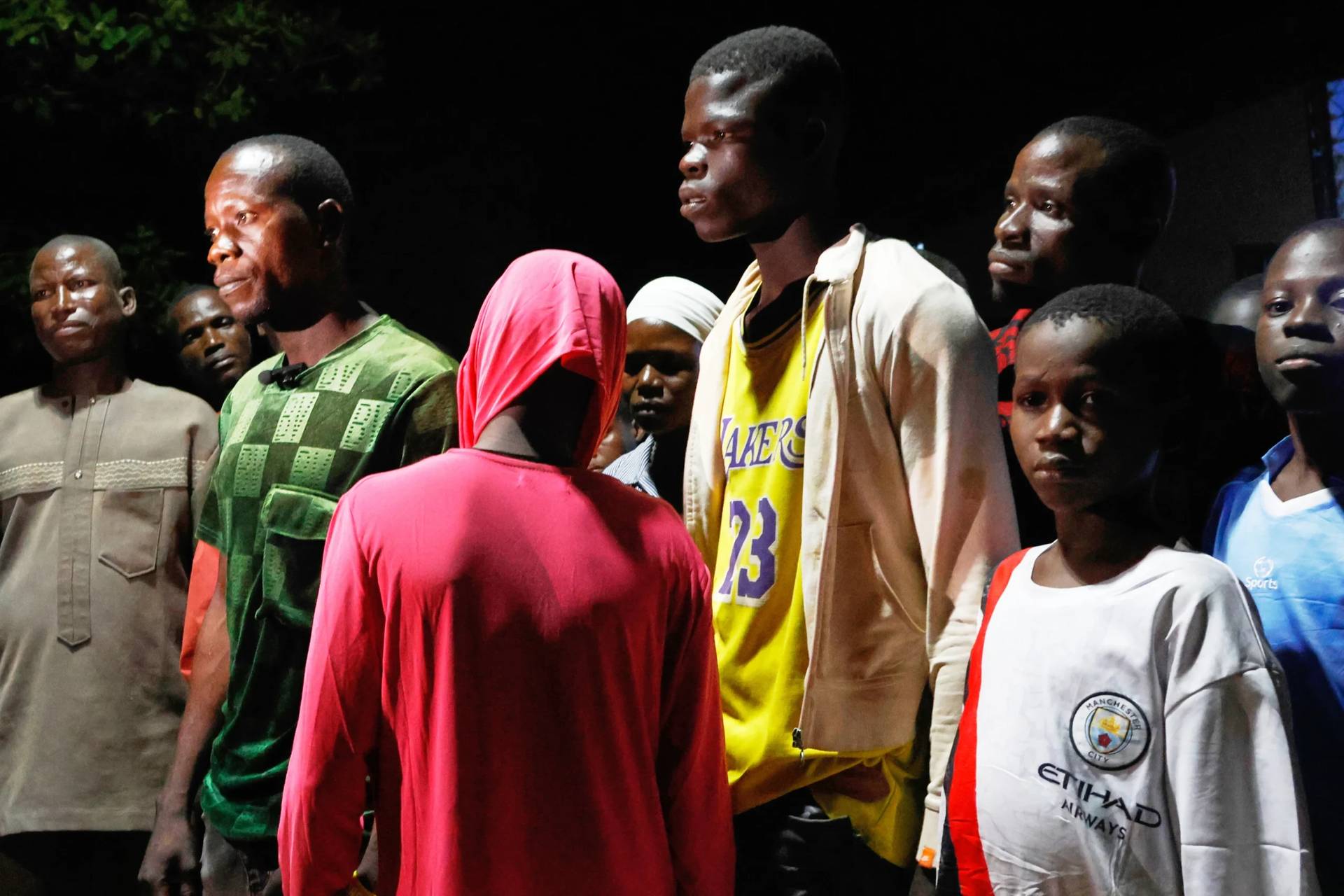The church is called to pray. As disciples, we are called to have a personal life of prayer. As the body of believers – the church – we are called together to have a communal life of prayer. The two are distinct but radically united and complementary to one another.
No disciple prays alone, and the church cannot pray without her members.
In Article Three of Chapter One, Article One, of the Fourth Part of the Catechism of the Catholic Church, the teachings on prayer shift from the prayer of the Lord Jesus and of Our Lady and begin to focus on the prayer of the church herself.
Article Three is rightly entitled, “In the age of the church.” What does prayer look like within the church? How is the church molded and shaped by prayer?
The Catechism begins by taking us to Pentecost, which is traditionally called the birthday of the church. Before the descent of the Holy Spirit, the apostles and disciples were fearful and uncertain of what had happened by the work of the Lord and what they were now called to do. As the tongues of fire fell, clarity and zeal were given to the early church.
The Catechism explains the event: “On the day of Pentecost, the Spirit of the Promise was poured out on the disciples, gathered ‘together in one place.’”
In its teachings, the Catechism uses the title “Spirit of the Promise” in order to indicate the completion that is brought about by the coming of the Holy Spirit. The Lord Jesus promised his apostles and disciples the help of an Advocate and Guide in following his ways and understanding his Gospel. It will be the Spirit that teaches them how to pray and yearn for the coming of God’s kingdom.
At Pentecost, the promise of the Lord was fulfilled. The church now has all she needs to live and share all that the Lord has left her. The church now has the Spirit by which she can pray, as Saint Paul reminds us in his Letter to the Romans: “Likewise the Spirit helps us in our weakness; for we do not know how to pray as we ought, but that very Spirit intercedes with sighs too deep for words.”
It’s highly significant in the early church was “gathered together” for the coming of the Holy Spirit since the Spirit of the Promise is the Spirit of the Covenant. The Spirit is sent to a community, not to any one person alone. The Spirit comes upon the People of God.
The mark of the God’s people is their commitment to prayer. They wait for God and the coming of his kingdom. The Catechism explains: “While awaiting the Spirit, ‘all these with one accord devoted themselves to prayer.’”
The gathering together of the church is not a mere social gathering, social convention, or grouping of shared earthly interests. The gathering of the church is the gathering of God’s people for the things of God. It is a mutual yearning and pining for the manifestation of God’s grace and the arrival of his kingdom.
And so, the early church – and the church in every age – waits for God. The church pauses, listens, and with docility prays and awaits the wisdom and power of God in her life and in the life of the world.
The waiting of the church is not a raw, pointless meandering, but an intense, focused watching for the Lord. The waiting of the church is a call to prayer. It is to be a time of adoration, meditation, supplication, contrition, intercession, and thanksgiving. The church never waits in boredom, but always in a hope born of prayer.
With this call to prayer before us, the Catechism reminds us: “The Spirit who teaches the church and recalls for her everything that Jesus said was also to form her in the life of prayer.”
The Holy Spirit comes and sustains and nurtures the memory of the church about the things of God, the life and teachings of the Lord Jesus, and the re-living of his Paschal Mystery through the ages until he comes again. As the Spirit carries the memory of the church, he forms the church in prayer.
The church waits in prayer, because the Spirit teaches her how to pray. We can only wait and only know how to pray through the guidance and with the help of the Holy Spirit.














